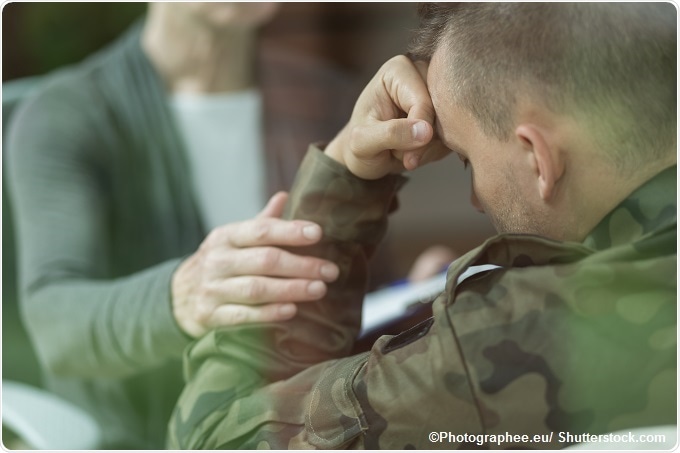May 17 2017
A new study published this week in the Journal of Physiology finds that young veterans with combat-related post-traumatic stress disorder (PTSD) have an increased 'fight or flight' response during mental stress.

Widespread in both military and civilian populations, the lifetime prevalence of PTSD in the US adult population is 7.8% while in post-9/11 veterans it is around 14%. The study led by Dr Jeanie Park and her team at Emory University School of Medicine believes that this contributes to increased threat of high blood and cardiovascular disease in PTSD patients.
The research team has also found that due to the changes in blood pressure, adrenaline levels were higher in veterans with PTSD while having less control of their heart rate. This study was the first to compute this increased activity directly and present a possible mechanism behind this response. Even though previous studies have recommended that the sympathetic nervous system—the 'fight or flight' response—of veterans is overactive.
Dr Park and her team took these measurements while the participants underwent two types of mental stress. In the first type—combat-related mental stress, war images, and sounds were shown through virtual reality goggles and mental stress connected with PTSD was recreated. In the second type—noncombat-related stress, the mental stress was brought out by mental arithmetic.
The team studied the physiology of post-9/11 veterans—14 veterans with PTSD and 14 without PTSD. They calculated the blood pressure and performed an electrocardiogram (EKG). The sympathetic nerve activity was recorded directly in real-time using electrodes placed inside a large nerve—microneurography, a technique considered as the gold-standard method to assess sympathetic nervous system activity in humans.
Commenting on the study, Dr Park said: 'To protect patients against high blood pressure and heart disease, we need to first understand how their physiology malfunctions. We can then identify potential treatments.'
'This study looked specifically at veterans with combat-related PTSD, so the findings do not necessarily apply to non-veterans with PTSD, nor to patients with non-combat-related PTSD,' she added.
Sources:
- https://www.eurekalert.org/pub_releases/2017-05/tps-vwp051017.php
- http://onlinelibrary.wiley.com/doi/10.1113/JP274269/full